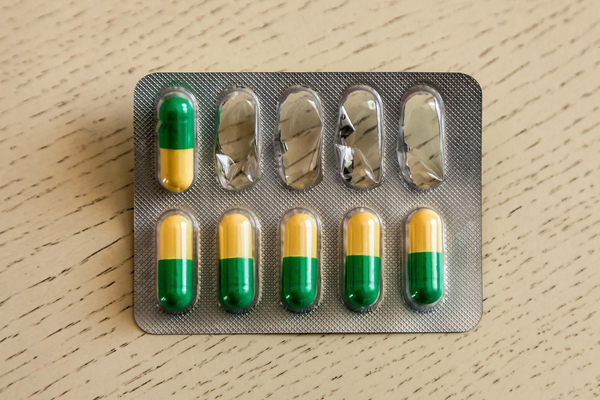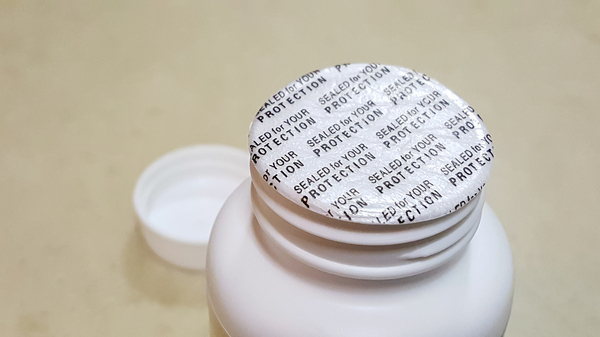
Ever since the Tylenol murders of 1982, tamper proof packaging has been a staple of American CPG brands. From childproof caps to tamper-evident tape, these CPG packaging types are prevalent and ever-expanding. Consumers want product safety as a proven part of their experience, and tamper-evident packaging is one way CPG marketers can reassure them that their favorite brand is clean, safe, and untouched prior to their purchase. Let's look at some common types of tamper-evident CPG packaging.
Benefits of Tamper-Evident CPG Packaging
Consumer safety will likely be even more critical to CPG brands after the COVID-19 pandemic is over. There are many benefits for companies and consumers when considering tamper-evident CPG packaging materials. These include:
- Keeping the product from opening and being damaged during transport;
- Preventing rough handling that could harm the product on the way to store shelves;
- Preventing counterfeiting or other tampering with the product; and
- Proving to customers that the brand is safe and that the company cares about their well-being.
It should be noted that tamper-evident packaging is different from tamper-resistant packaging and provides different benefits. Tamper-evident packaging, unlike childproof bottle caps, cannot be removed or reapplied without leaving obvious signs of the damage. That is because the materials used in tamper-evident packaging are not available to the general public.
One example of tamper-evident packaging is the blister pack of a package of pills. The foil or blister package must contain information on the items it contains along with a visual on how to open the package. There should also be a warning statement showing what to look for if the product has been tampered with.

There are several methods of creating tamper-evident CPG packaging. Some examples include:
- Glass jars with security lids that pop when the jar is opened for the first time;
- Tamper-evident tape for bags, boxes, crates, envelopes, and more;
- Lid and cap shrink bands;
- Shrink film, which is particularly useful for packaged fresh foods;
- Foil seals and blister packaging for pill packages; and
- Labels and ink that are track and traceable.
Some CPG packaging designs also have RFID chips embedded under the label stock, which is an added security feature that allows the product to be tracked through the supply chain. This is growing in popularity, particularly in retail and manufacturing.
When using any of these CPG packaging techniques, it is essential to keep in mind your target audience. Design your CPG packaging in a way that keeps the consumer safe while still allowing them to open the product.
Keeping your consumers safer is a priority both for brand longevity and because it is simply the right thing to do. Making sure the product is intact from the manufacturing facility to the consumer's hands gives you and your customers added security and peace of mind.
PKG Brand Design is always on the forefront of new CPG branding and packaging initiatives; please subscribe to our blog for the latest package design industry news!







